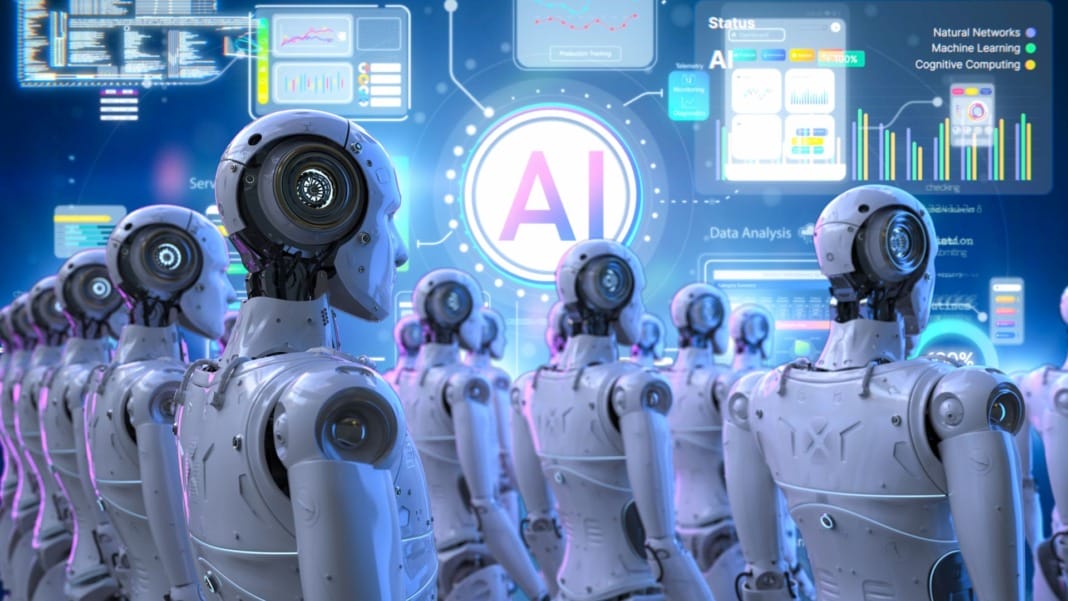OpenAI and Jony Ive might face further delays before releasing their much-anticipated AI device, according to a recent report. Sources cited by the Financial Times suggest the partnership is grappling with unresolved “technical issues” that could push back the device’s launch, currently anticipated in 2026.
Technical challenges and personality design
One of the key challenges confronting the team involves refining the AI assistant’s voice and mannerisms. A source briefed on the plans told the FT that the team is attempting to strike a balance: the AI should feel friendly, yet not cross an uncomfortable boundary. The source described the intent as producing “a friend who’s a computer who isn’t your weird AI girlfriend.”
In addition, OpenAI and Ive must address privacy concerns associated with a device that might be listening at all times. Ensuring responsible handling of user data and creating safeguards against misuse remain priorities. The need for high computing power is also complicating the budget. Scaling up production while maintaining performance standards is proving costly, and the financial constraints could further delay development.
Limited known design and cautious approach
Despite persistent speculation, many details about the device remain secret. OpenAI’s CEO, Sam Altman, reportedly offered some hints to employees, suggesting the device might be pocket-sized, aware of its surroundings, and lacking a traditional display. These features, if realised, would mark a departure from many current AI products.
OpenAI’s apparent caution heightens the uncertainty around the device’s design. Past attempts in the same space have encountered obstacles. A comparable product, the Humane AI Pin, was discontinued after failing to meet expected sales and user adoption targets. That outcome likely serves as a warning: delivering a novel hardware product is inherently risky.
OpenAI and Jony Ive have not publicly confirmed a firm release date, nor have they shared a complete specification for the device. The partnership is proceeding carefully, testing various iterations while addressing technical and design hurdles.
Industry watchers will continue watching for further announcements or leaks. Until then, the potential delay underscores the challenges of bridging cutting-edge AI research with reliable, consumer-friendly hardware.





